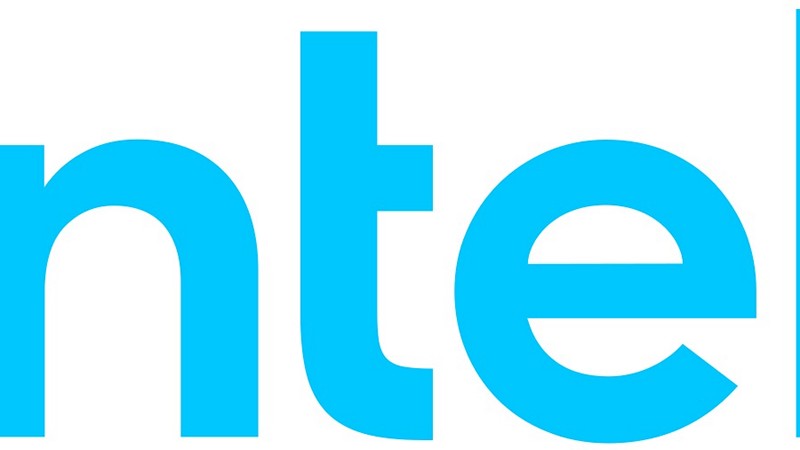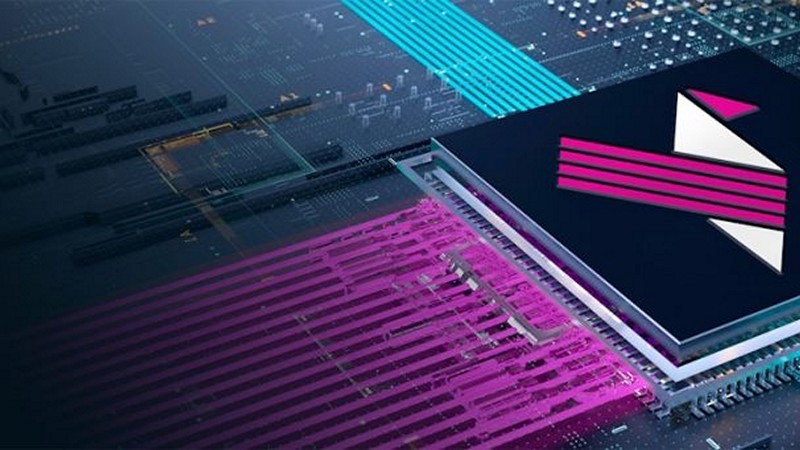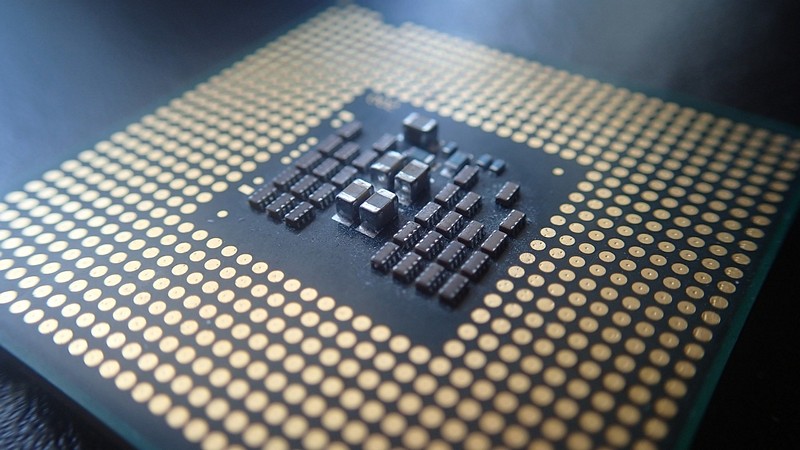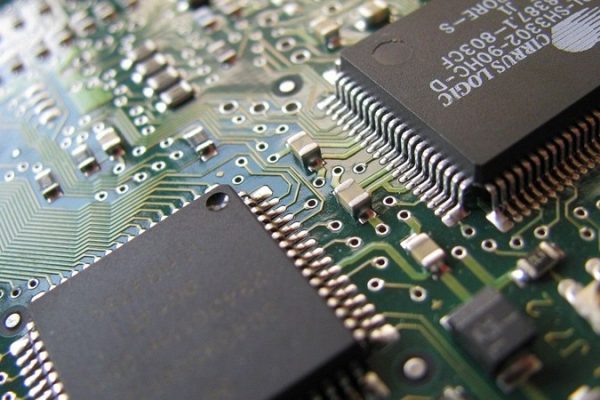
In a profoundly apprehensive assessment, the World Economic Forum has sounded the alarm on the pressing and immediate risks posed by a surge in artificial intelligence AI-driven misinformation and disinformation. This ominous revelation comes as the WEF prepares to convene its annual meeting in Davos, where it will gather global leaders to address critical challenges. How might the increasing influence of AI in spreading misinformation and disinformation impact the legitimacy of elected governments, what specific measures can be taken by governments and private organizations to counter the rising threats of misinformation during election campaigns, and in the context of extreme weather events and climate change ranking high in long-term risks, how can global cooperation be enhanced to address these challenges and build a more sustainable future?
Top Stories This Week
- AI-Driven Misinformation Biggest Short-Term Threat To Global Economy
- iPhone Users Set For Payouts From Apple Over Device Slowdown Claims
- Intel Challenges Nvidia, Qualcomm With ‘AI PC’ Chips For Cars
- Startups Are Racing To Create The iPhone Of AI
- Is MIPS Poised To Take The RISC-V World By Storm?
- Linux Devices Are Under Attack By A Never-Before-Seen Worm
- Hackers Target Microsoft SQL Servers In Mimic Ransomware Attacks
- How AI And High-Performance Computing Are Speeding Up Scientific Discovery
- How Intel’s Backside Power Reduces Power Consumption In Future Chips
- New Device Allows Users To Scroll With Their Tongues
- China Researchers Report 256 Core, Chiplet-Based Processor
Hardware Business News
iPhone Users Set For Payouts From Apple Over Device Slowdown Claims

Amidst allegations of intentional performance slowdowns on specific iPhone models, Apple has commenced compensating eligible US owners, marking a significant development in an ongoing legal saga. While payments have already begun for some users, Apple has not admitted any wrongdoing, emphasizing its commitment to product longevity. How does Apple’s compensation initiative impact its standing in the ongoing debate over intentional performance slowdowns, how does the company plan to reassure users about its commitment to product longevity moving forward, and with ongoing legal challenges in the UK and past settlements in the US, how does Apple’s handling of these cases influence consumer trust and expectations regarding transparency in the tech industry?
Intel Challenges Nvidia, Qualcomm With ‘AI PC’ Chips For Cars

In a bid to strengthen its position in the automotive semiconductor market, Intel announced the upcoming launch of AI-enabled chips tailored for automobiles, putting the company in direct competition with industry giants Qualcomm and Nvidia. Simultaneously, Intel revealed its acquisition of Silicon Mobility, a French startup specializing in system-on-a-chip technology for electric vehicle motors and charging systems. How does Intel’s entry into the AI-enabled automotive chip market impact the dynamics of competition with established players like Nvidia and Qualcomm, how does Intel plan to leverage its expertise to address the unique challenges posed by electric vehicle motors and onboard charging systems in the automotive sector, and how does Intel plan to differentiate its offerings and address scalability concerns compared to competitors like Nvidia, particularly in terms of cost and power consumption?
Startups Are Racing To Create The iPhone Of AI

The quest to create the equivalent of an “iPhone for artificial intelligence” has intensified, with Rabbit, a technology startup, unveiling its contender at the Consumer Electronics Show in Las Vegas. The Rabbit r1, priced at $199, is a walkie-talkie-style device designed to interact with users through “AI agents,” offering capabilities such as planning vacations, ordering food, and booking transportation. How does Rabbit’s AI-enabled device, the r1, differentiate itself in terms of functionality and pricing compared to existing competitors like the Humane Ai Pin and Meta’s smart-glasses in the emerging market for AI-first devices, how does its unique model contribute to the device’s ability to perform real-world actions, and what potential advantages or challenges might it pose in comparison to other AI technologies?
Is MIPS Poised To Take The RISC-V World By Storm?

In the dynamic realm of computer architecture, MIPS, once a pioneer in Reduced Instruction Set Computer architectures, has re-emerged with a newfound vigour. In a surprising move, MIPS has set its sights on the burgeoning RISC-V world, a landscape gaining significant momentum and support. With MIPS embracing the RISC-V instruction-set architecture, how does this strategic alignment contribute to the ongoing evolution of processors, what advantages does it offer in terms of power, performance, and differentiation in a competitive market, and how does the incorporation of RISC-V by MIPS position the company to meet the demands of emerging technologies like AI, ML, and high-performance computing?
Hardware Engineering News
Linux Devices Are Under Attack By A Never-Before-Seen Worm

Over the past year, a previously undiscovered self-replicating malware named NoaBot has been silently infecting Linux devices globally, deploying crypto mining malware that takes extraordinary measures to conceal its operations, according to researchers. Derived from the infamous Mirai botnet malware, NoaBot diverges from its predecessors by targeting weak passwords in SSH connections instead of telnet, and uniquely, it avoids DDoS attacks, opting for cryptocurrency mining. How does NoaBot’s deviation from traditional Mirai tactics, represent an evolution in the strategies employed by malware creators, how does the growing prevalence of such gadgets open up new attack vectors for malware like NoaBot, and what measures can be taken to ensure the security of users interacting with AI-enabled hardware?
Hackers Target Microsoft SQL Servers In Mimic Ransomware Attacks

A financially motivated group of Turkish hackers, identified as part of the RE#TURGENCE campaign, has been systematically targeting Microsoft SQL servers worldwide. The attackers, focusing on victims in the European Union, the United States, and Latin America, employ Mimic (N3ww4v3) ransomware to encrypt files on compromised servers. How does the RE#TURGENCE campaign showcase the adaptability and advanced techniques employed by threat actors, how can organizations enhance their security measures to detect and prevent such multi-stage attacks, and how can the cybersecurity community collaborate to identify and mitigate the broader implications of ransomware-as-a-service models and shared resources among various cybercriminal entities?
How AI And High-Performance Computing Are Speeding Up Scientific Discovery

In a ground breaking collaboration between Microsoft and the Pacific Northwest National Laboratory, the convergence of advanced artificial intelligence and next-generation cloud computing is propelling scientific discovery at an unprecedented pace. This innovative partnership aims to revolutionize chemistry and materials science, pivotal fields in the quest for energy solutions. How can this AI-cloud computing synergy be extrapolated to other scientific domains, and potential breakthroughs can be anticipated in areas beyond energy solutions, and what surprises and unexpected insights have emerged from this accelerated discovery process?
Hardware R&D News
How Intel’s Backside Power Reduces Power Consumption In Future Chips

As semiconductor foundries tackle the challenges of transistor miniaturization, researchers are exploring new materials and techniques to enhance next-generation chip performance, a key focus in the evolving landscape of advanced semiconductor technology. Now, Intel is getting ready to offer its latest range of technological innovations through its backside power connections, which help reduce power losses and increase device performance. What challenges does traditional power delivery face in semiconductors, how does the new backside power delivery method work, and what other methods will be deployed in future devices?
New Device Allows Users To Scroll With Their Tongues

In a remarkable innovation showcased at this year’s Consumer Electronics Show, Augmental, a pioneering company, has introduced MouthPad, a unique device that enables hands-free interaction with touchscreens using the tongue. This retainer-like trackpad chip, placed on the roof of the mouth, responds to tongue movements, offering users the ability to scroll, type, make calls, and even play games like chess without physical touch. How does MouthPad address the challenges faced by individuals with hand impairments or paralysis in accessing technology, what potential impact could this device have on enhancing their overall digital experience, and how might this innovative hands-free interface benefit individuals in various professions?
Open-Source Hardware News
China Researchers Report 256 Core, Chiplet-Based Processor

The China Academy of Sciences has introduced a ground breaking chiplet-based architecture known as the Zheijiang Big Chip, designed to address the challenges and explore scaling options for enhancing processor performance. This 16-chiplet system boasts a 256-core RISC-V processor, showcasing the potential for significant advancements in processing capabilities. How does the Zheijiang Big Chip’s chiplet-based architecture contribute to scaling processor performance, what distinguishes its design from traditional monolithic processors in terms of efficiency and communication capabilities, and what implications does the Zheijiang Big Chip hold for the future of high-performance computing?

